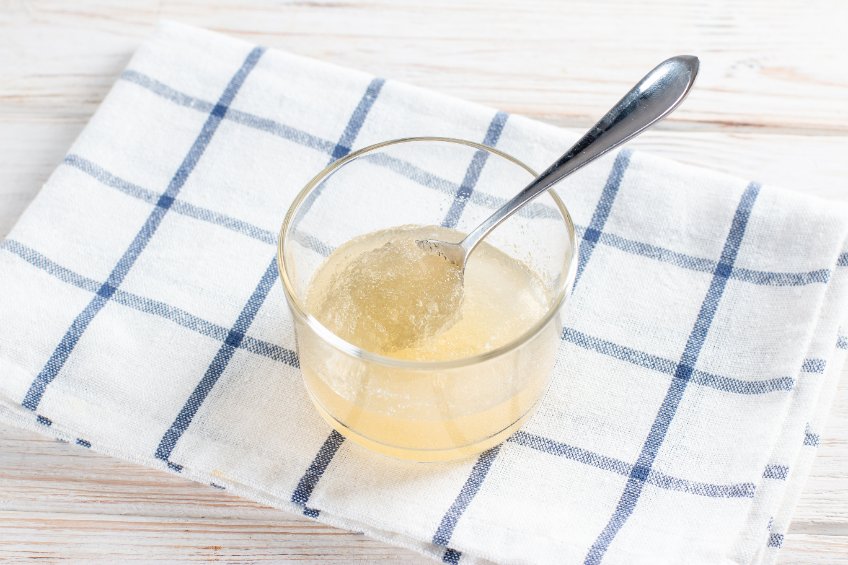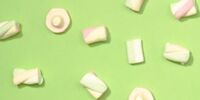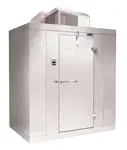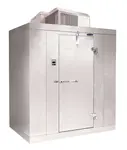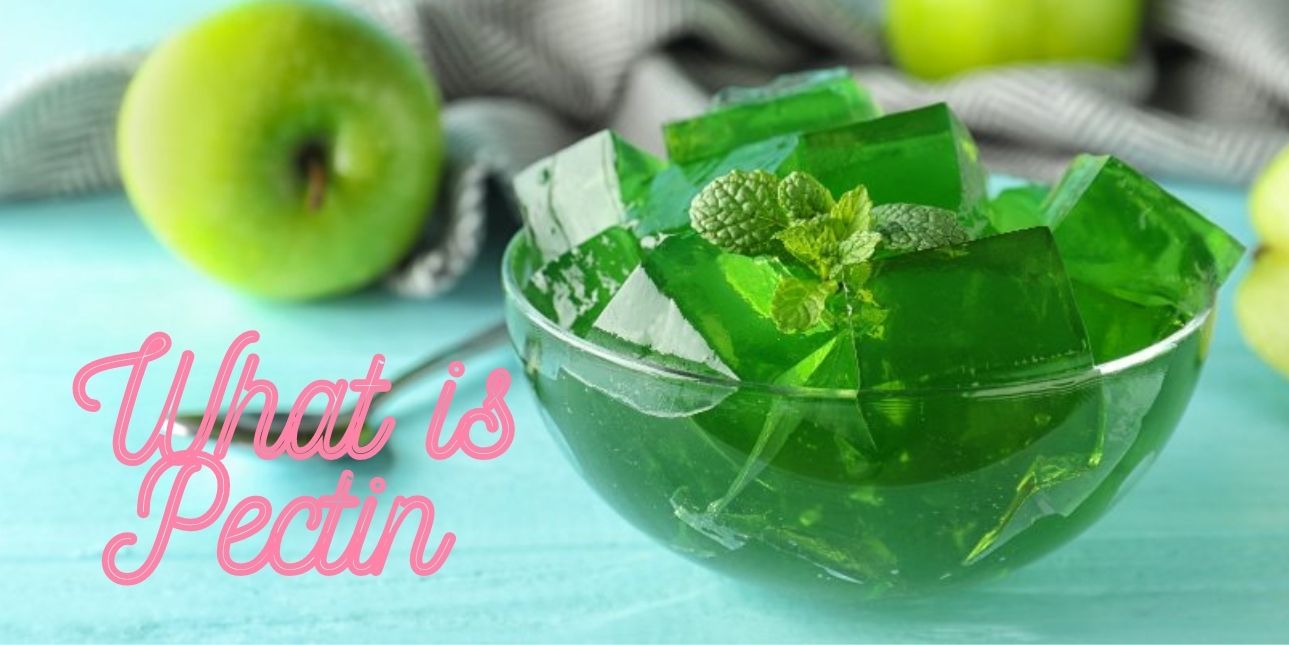
Both pectin and gelatin are gelling agents that are used in the kitchen for thickening foods and adding the classical gel texture. However, both of these are different in structure, chemical properties, and even in the applicative aspects in the kitchen. With pectin being a fruit-derived material that is especially useful in preparing jellies, jams, and marmalades, the material also offers a wide range of applications for bakers and patissiers to create plant-based offerings for prospective customers.
While pectin has a more specific utility, gelatin finds a wide range of applications in the kitchen, however, with the increasing popularity of plant-based diets, a considerable number of people prefer pectin in their desserts instead of gelatin. This opens the gateway to a better understanding of pectin and using it for preparing customer favorites. We discuss questions like ‘what is pectin made of?’ and ‘what is the difference between pectin and gelatin?’ to allow you a better understanding of this versatile gelling agent and its applications in the kitchen.
What is Pectin Made Of?
Pectin is a complex carbohydrate that is found in the cell walls of fruits, seeds, and vegetables. Also referred to as a fiber or a heteropolysaccharide, pectin is unique for its water-soluble properties and is responsible for providing fruits and vegetables with their structural integrity. So, what is pectin made of at the microscopic level? Pectin is comprised of various chains of starch and other components that branch out to form continuous linking chains. Pectin is more abundant in fruits like apples and plums, and these fruits can sometimes be substituted for store-bought pectin in some recipes to add an extra element of freshness. Citrus peels are also good sources of pectin and are often sources for the extraction of pectin for commercial use. If you’re looking to use fruit for pectin, you can determine the pectin content of the fruit by combining a tablespoon of grain alcohol with the fruit’s juice. If the juice sets well, it indicates a high level of pectin, if it sets like a loose gel-like mass, the fruit contains medium amounts of pectin. However, if the mixture does not set at all, the fruit has very low amounts of pectin.
How Pectin Works
Pectin must be combined with sugars or acidic agents for gelling to occur uniformly. Salt too can be mixed with pectin to allow for seamless polymerization. What is liquid pectin? While the solid forms of pectin need to be dissolved in water, the liquid forms come in pre-dissolved states. Not stirring solid pectin continuously while dissolving it can form lumps and inconsistent gelling. Though there exist low and no sugar forms of pectin, most pectin types require the presence of sugar and acidic components for uniform sets. The lack of these ingredients can lead to improper and rough sets that lead to a bad end product. Calcium is another component that has a specific function when it comes to making pectin set. The various types of pectin and how they function are discussed in the upcoming section.
The Different Types of Pectin
Now that you know what pectin is made of, it’s time to understand the various types of pectin. Pectin is available in several different forms, and each of them has its unique properties that are integral to their efficient use in the kitchen. Pectin can be classified into several different classes, these are:
- Based on State & Consistency
- Liquid pectin: If you’re wondering what is liquid pectin and how it can be used in the kitchen, this form of pectin comes dissolved in water, and is more versatile when it needs to be mixed with other liquids. It creates a uniform consistency of gelling and can be used conveniently. However, liquid pectin has a short shelf life and must be used up quickly before it expires. Liquid pectin is also more expensive than dry powdered/solid pectin.
- Dry Powdered Pectin: So, what is powdered pectin? This type of pectin is the most commonly available in the market and is easy to use in the kitchen. Dry pectin can further be categorized under two different types:
- Regular Dry Pectin: This type of dry pectin requires sugar to be added into the mix to promote the formation of a gel.
- Low Sugar Pectin: Low sugar powdered pectin requires only a small amount of sugar to be added to begin the polymerization process by which gel formation happens. If you’re wondering about what is the difference between sure jell and pectin, you’re thinking about low sugar pectin. Sure jell is made of low sugar pectin, whereas regular dry pectin is the most widespread type available to kitchens.
- No Sugar Pectin: This type of pectin does not require sugar to polymerize and gel, however, this might affect the texture since sugars promote gel formation in the pectin chains. Although complex to use, this type of dry pectin allows for the usage of sugar substitutes and can be used in making healthier alternatives to dishes that require pectin.
- Frozen Pectin: This pectin is primarily used to make jams and must be stored in commercial refrigeration units like walk-in freezers until you can use it for your preparations.
- Modified Citrus Pectin: So you’ve seen these labels on one of your procurement drives but are confused about what it means. So, what is citrus pectin? This type of pectin is similar to low & no-sugar pectin and also combines features of the freezer pectin variety to create a versatile type of gelling agent.
- Based on methoxyl content
- High methoxyl pectin: What is pectin made of when the label says it’s high methoxyl pectin? Methoxyl refers to a specific chemical group name present in the pectin chain. High methoxyl pectin is very common and the most used variety in the market. This variety has two important subtypes:
- Fast/Rapid Set: This type of pectin uses sugar for setting and is ideal for jellies, marmalades, and chunky foods.
- Slow set: Slow set pectin is better suited to clear jellies and foods that can have low-sugar alternatives. This pectin uses calcium for gelling and polymerization.
What is the Difference Between Pectin and Gelatin?
Though pectin and gelatin are both used to produce gel textures, they have several differences in both composition and usage. While gelatin is a product that is derived from beef bones, pig connective tissue, fish skin, and collagen from other animal sources, pectin is a purely plant-based derivative that can be extracted from peels, seeds, and rinds. Also, while gelatin is a protein, pectin is a complex carbohydrate or a heteropolysaccharide. Pectin is capable of returning to its liquid form when reheated, however, gelatin cannot return to its original form. Due to its water solubility, pectin has more specific uses, whereas gelatin finds widespread use in the kitchen as a thickening agent and a gelling component. Due to pectin’s special requirements, its gelling does not produce the same results and is applied for uses in dishes such as fruit jellies, jams, and other fruit-based preparations. Irrespective, pectin provides a world of properties yet to be explored that can find widespread use in an emerging market for plant-based alternatives, especially in the dessert industry.
While using pectin in the kitchen to produce jams and fruit-based desserts is a given, pectin can also be used to stabilize pulpy juices and yogurt. Business owners looking to expand their dessert section’s options must consider experimenting with this natural gelling agent. You can also supplement your operation with requisite cooling equipment and refrigeration options such as Master Bilt Walk-in units. Pectin’s primary composition of dietary fiber promotes it as a healthier alternative that improves and maintains gastrointestinal health. Further research into pectin’s culinary uses can provide both chefs and consumers with a whole new array of options to try.

